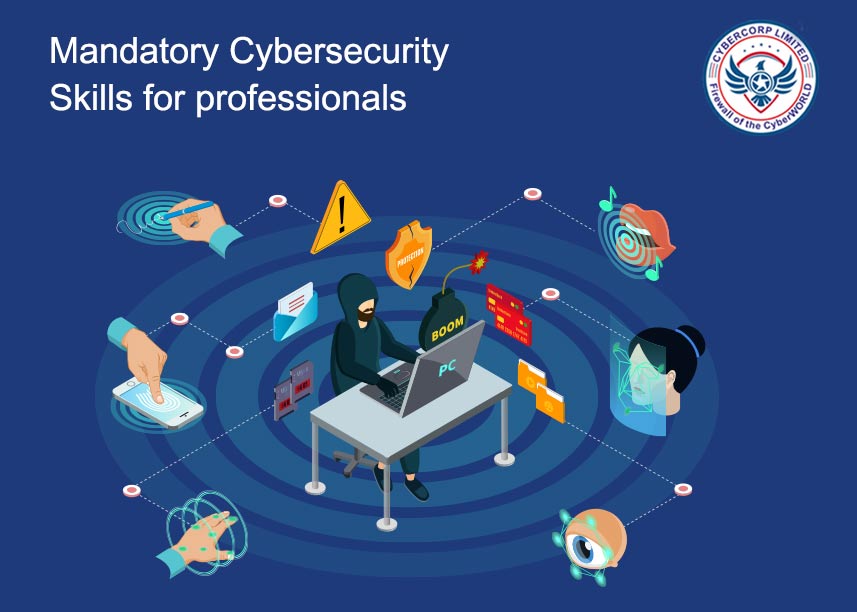
Strength of Top Vulnerability Scanners: Empowering Cybersecurity Experts

In the ever-evolving landscape of cybersecurity, vulnerability scanners are crucial tools that empower experts to protect systems from potential threats. As a cybersecurity professional, I've seen firsthand how these scanners play a pivotal role in identifying weaknesses before they can be exploited. In this article, I'll explore the strengths of the top vulnerability scanners, illustrate their importance with real-world examples, and highlight why they're indispensable in modern cybersecurity strategies.
Why Vulnerability Scanners Are Essential
Vulnerability scanners are designed to systematically identify security flaws in networks, applications, and systems. These tools analyze various components of an IT infrastructure, including servers, software, and configurations, to detect vulnerabilities that could be exploited by attackers. The strength of a good vulnerability scanner lies in its ability to offer comprehensive, accurate, and actionable insights.
Key Strengths of Top Vulnerability Scanners
-
Comprehensive Coverage
Top vulnerability scanners, such as Nessus and Qualys, offer extensive coverage of different types of vulnerabilities. They scan for known vulnerabilities, misconfigurations, and compliance issues. For instance, Nessus provides a wide range of plugins and templates, enabling it to identify vulnerabilities across diverse environments.
Example: A large financial institution used Nessus to scan its entire network. The scan revealed multiple outdated software versions and misconfigured servers that could have been exploited. Addressing these issues significantly enhanced their security posture.
-
Accuracy and Low False Positives
Accuracy is critical when it comes to vulnerability scanning. High-quality scanners minimize false positives, ensuring that the results are reliable and actionable. For example, Qualys is known for its robust scanning engine, which reduces false positives by cross-referencing vulnerabilities with a comprehensive database.
Case Study: An e-commerce company relied on Qualys to scan their web applications. The scanner accurately identified several critical vulnerabilities without generating false alerts, allowing the team to address real threats efficiently.
-
Ease of Integration
Leading scanners seamlessly integrate with other security tools and platforms, such as Security Information and Event Management (SIEM) systems. This integration enhances the overall security management process by providing a unified view of vulnerabilities and threats.
Example: By integrating Nessus with their SIEM solution, a healthcare provider could correlate vulnerability data with real-time threat intelligence, allowing for quicker response to potential security incidents.
-
Customizable Reporting and Dashboards
Customizable reporting features enable cybersecurity experts to generate tailored reports and dashboards, making it easier to communicate findings to stakeholders and prioritize remediation efforts.
Case Study: A tech company used the customizable reporting features of Rapid7's InsightVM to create detailed reports for their executive team. These reports highlighted the most critical vulnerabilities and recommended actionable steps, leading to more informed decision-making.
-
Continuous Scanning and Monitoring
Continuous scanning capabilities are essential for maintaining up-to-date security. Scanners like Tenable.io offer continuous monitoring features, allowing organizations to detect vulnerabilities as they emerge.
Example: An educational institution implemented Tenable.io for continuous scanning. This approach allowed them to quickly identify and address vulnerabilities introduced through new software deployments and configuration changes.
Conclusion
Vulnerability scanners are indispensable tools for cybersecurity experts, offering comprehensive coverage, accuracy, ease of integration, customizable reporting, and continuous monitoring. These strengths empower us to proactively identify and address security weaknesses, ensuring robust protection against potential threats.
By leveraging the capabilities of top vulnerability scanners, we can stay ahead of emerging threats and maintain a strong security posture. In a world where cyber threats are constantly evolving, these tools provide the insights and support needed to safeguard our digital assets effectively.
FAQs: Strength of Top Vulnerability Scanners
1. What is a vulnerability scanner?
A vulnerability scanner is a tool designed to identify and assess security weaknesses in computer systems, networks, and applications. It scans for vulnerabilities, misconfigurations, and potential security flaws that could be exploited by attackers.
2. Why are vulnerability scanners important for cybersecurity?
Vulnerability scanners are crucial because they help identify potential security risks before they can be exploited. By detecting and addressing vulnerabilities early, organizations can prevent breaches, protect sensitive data, and ensure a stronger overall security posture.
3. What are the key features to look for in a vulnerability scanner?
Key features to consider include:
- Comprehensive coverage of different types of vulnerabilities.
- Accuracy with minimal false positives.
- Ease of integration with other security tools and platforms.
- Customizable reporting and dashboards.
- Continuous scanning and monitoring capabilities.
4. How do vulnerability scanners reduce false positives?
High-quality vulnerability scanners reduce false positives by using extensive databases of known vulnerabilities and employing advanced scanning techniques. They cross-reference detected issues with a comprehensive list of known vulnerabilities and their contexts, leading to more accurate results.
5. Can vulnerability scanners integrate with other security tools?
Yes, many top vulnerability scanners can integrate with other security tools, such as Security Information and Event Management (SIEM) systems, to provide a unified view of security threats. This integration helps in correlating vulnerability data with real-time threat intelligence and improving overall incident response.
6. How often should I use a vulnerability scanner?
Regular scanning is essential for maintaining security. Continuous scanning or periodic scans (e.g., weekly or monthly) are recommended, depending on your organization's needs and the level of risk. Frequent scanning helps ensure that new vulnerabilities are promptly identified and addressed.
7. What are some popular vulnerability scanners?
Some popular vulnerability scanners include:
- Nessus: Known for its extensive plugin library and comprehensive coverage.
- Qualys: Offers robust scanning capabilities with minimal false positives.
- Tenable.io: Provides continuous monitoring and integration with other security tools.
- Rapid7 InsightVM: Features customizable reporting and strong integration capabilities.
8. How do vulnerability scanners help in compliance?
Vulnerability scanners assist in compliance by identifying security issues related to various regulatory standards and frameworks, such as GDPR, HIPAA, and PCI-DSS. They help ensure that systems meet required security controls and practices, making it easier to demonstrate compliance during audits.
9. What is the difference between a vulnerability scanner and a penetration tester?
While both vulnerability scanners and penetration testers aim to identify security weaknesses, they differ in approach:
- Vulnerability Scanner: Automates the process of scanning for known vulnerabilities and misconfigurations across systems.
- Penetration Tester: Manually tests systems to exploit vulnerabilities and assess their impact, often simulating real-world attacks.
10. Can vulnerability scanners identify all types of security threats?
Vulnerability scanners are highly effective at identifying known vulnerabilities and misconfigurations but may not detect all types of security threats, such as zero-day vulnerabilities or sophisticated attacks. Combining vulnerability scanning with other security measures, like penetration testing and threat hunting, provides a more comprehensive security strategy.
Feel free to use these FAQs to provide more clarity on vulnerability scanners and their role in cybersecurity.
Categories
Trending Posts
Why CyberCorp is not a mere SPAC?

We are

CoOperative Corporate
Creates a commonwealth among the partners
Cumulative Growth safeguards against losses to one entity
We believe in

Organic Growth
Promotes growth within the group companies
Ensures Maximum benefits
We do

Integration
Horizontal integration of the various products
Creating new and more effective scalable solutions
© 2022-2025 CyberCorp Limited. All Rights Reserved.



.png)






